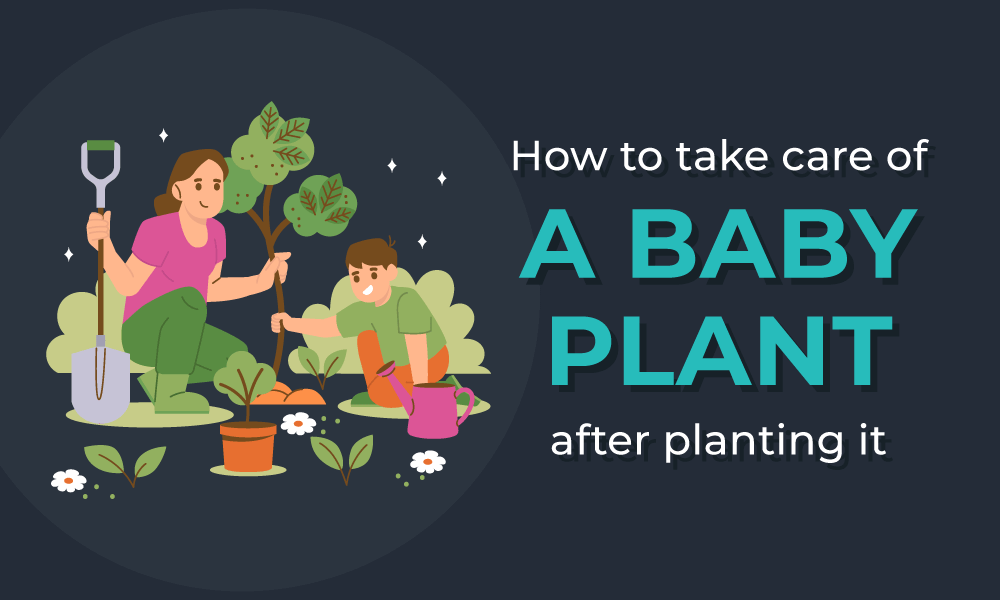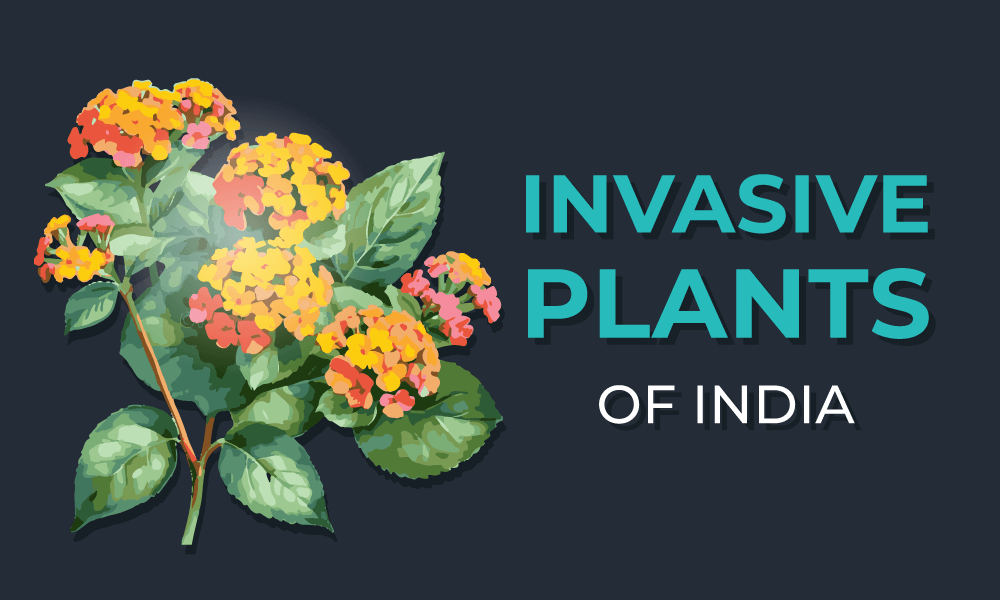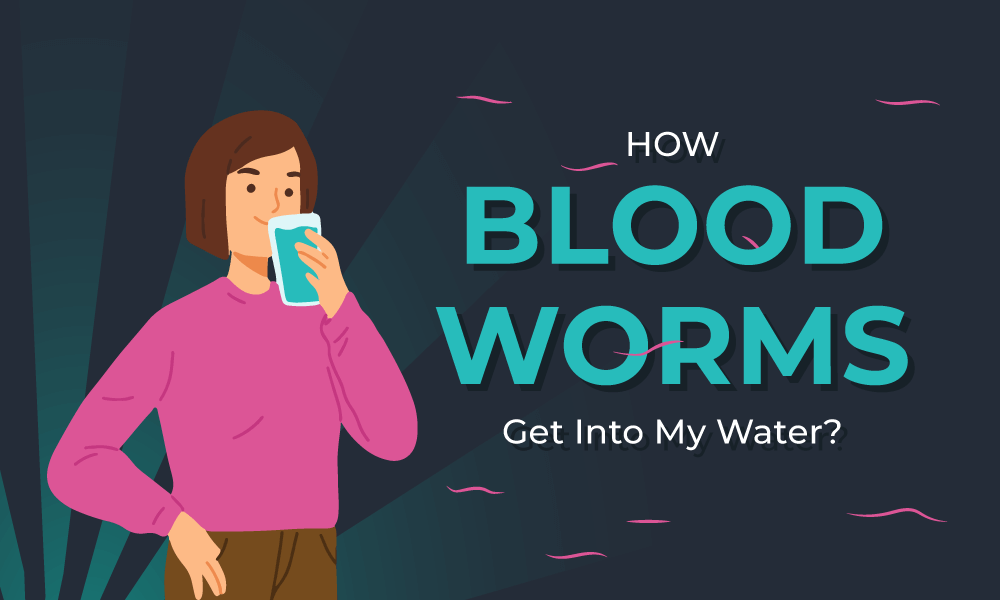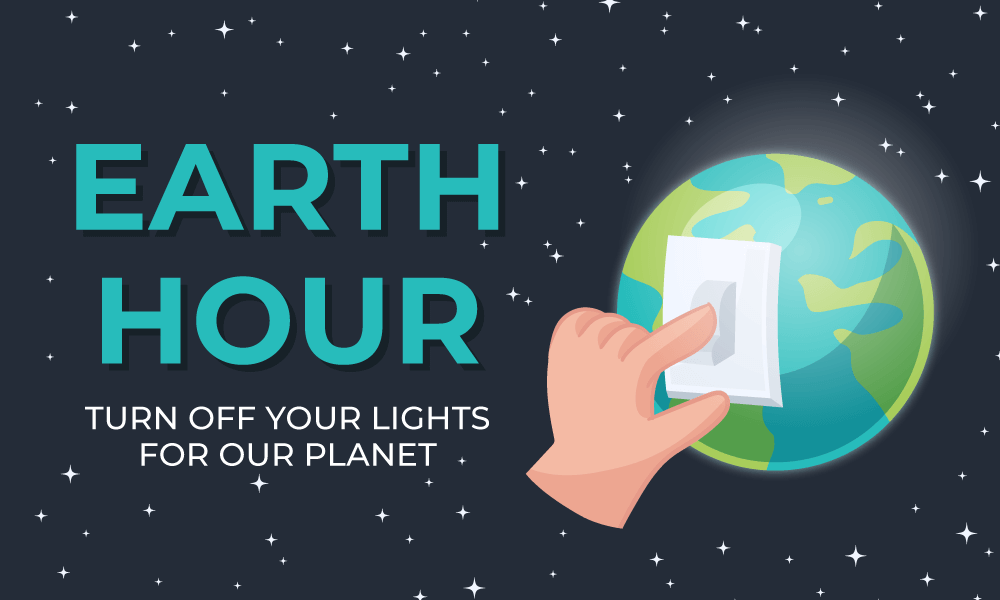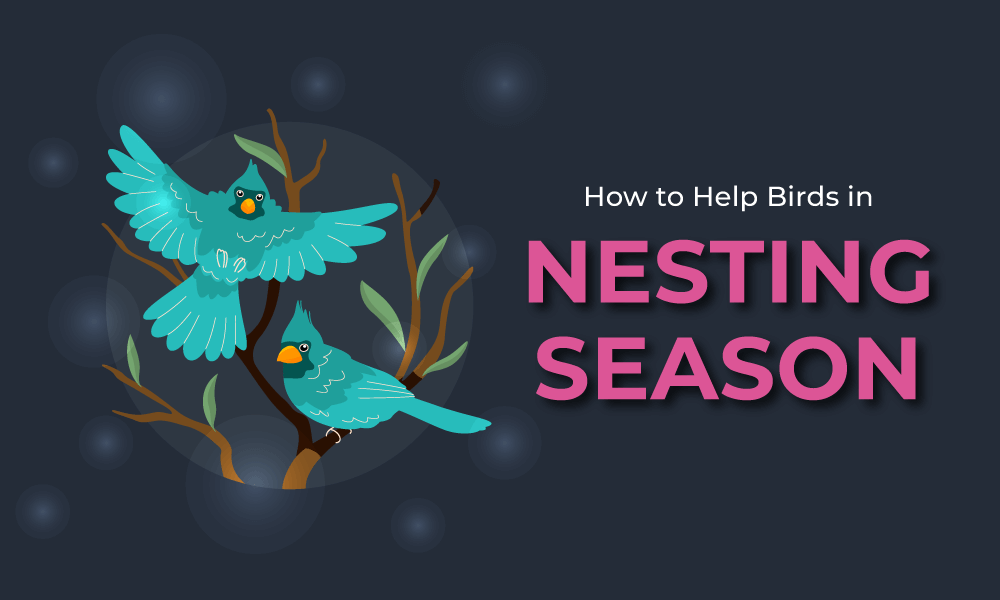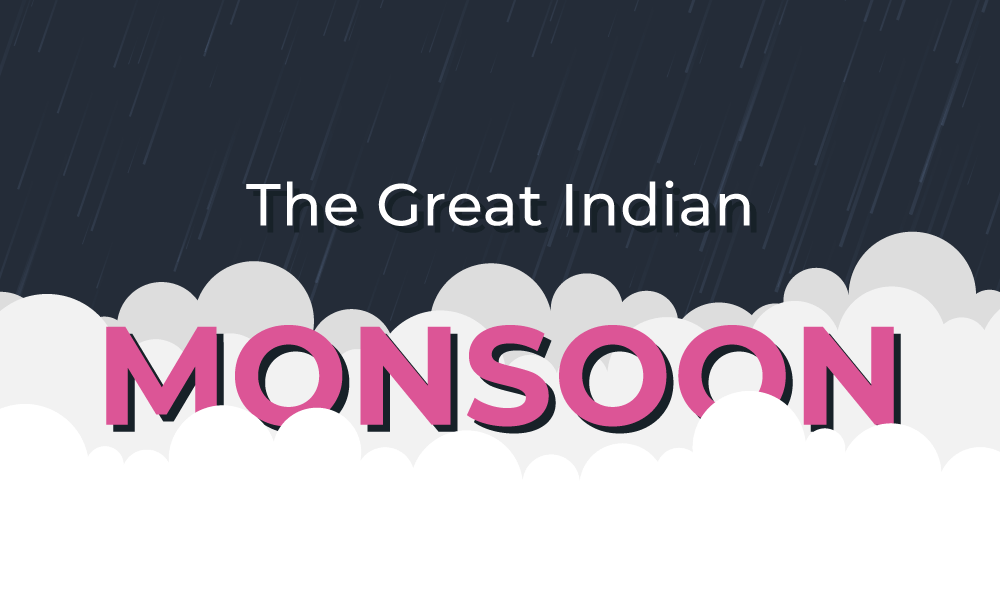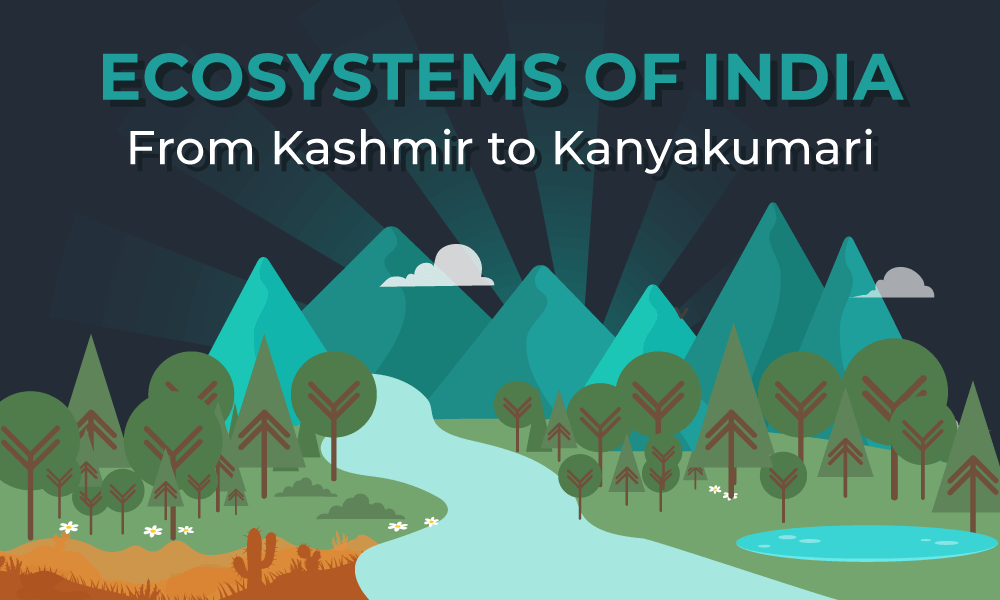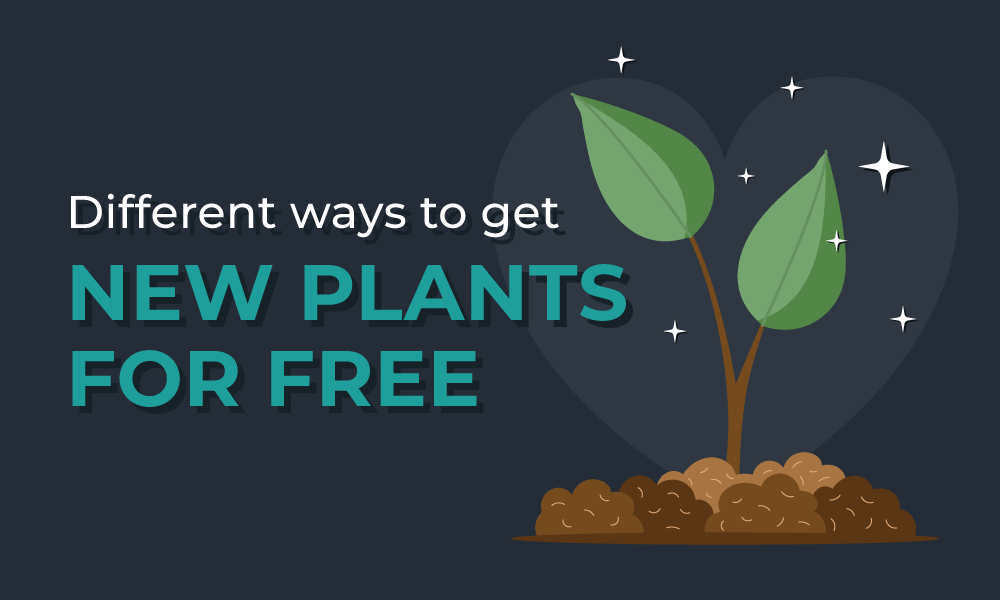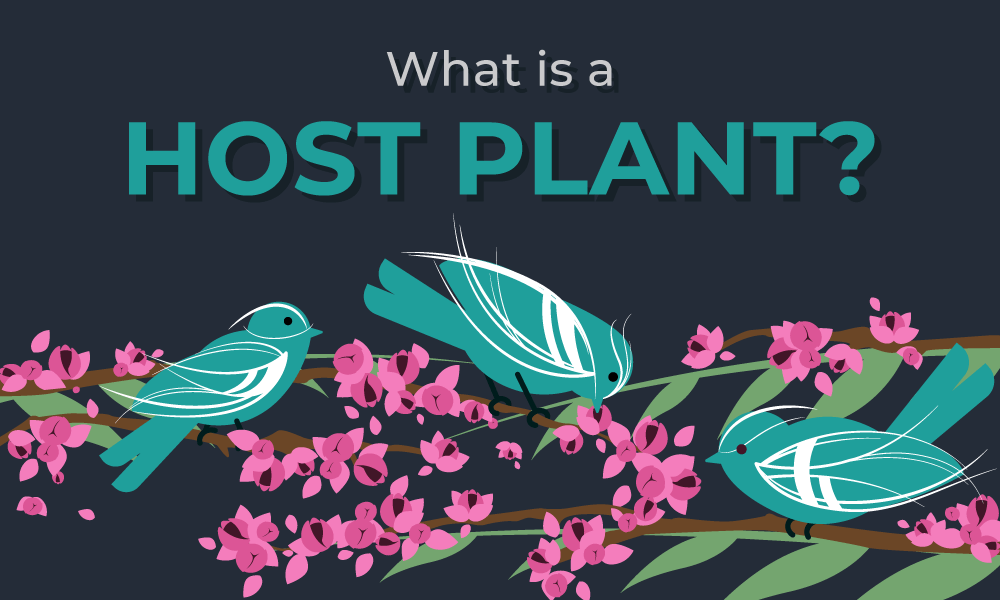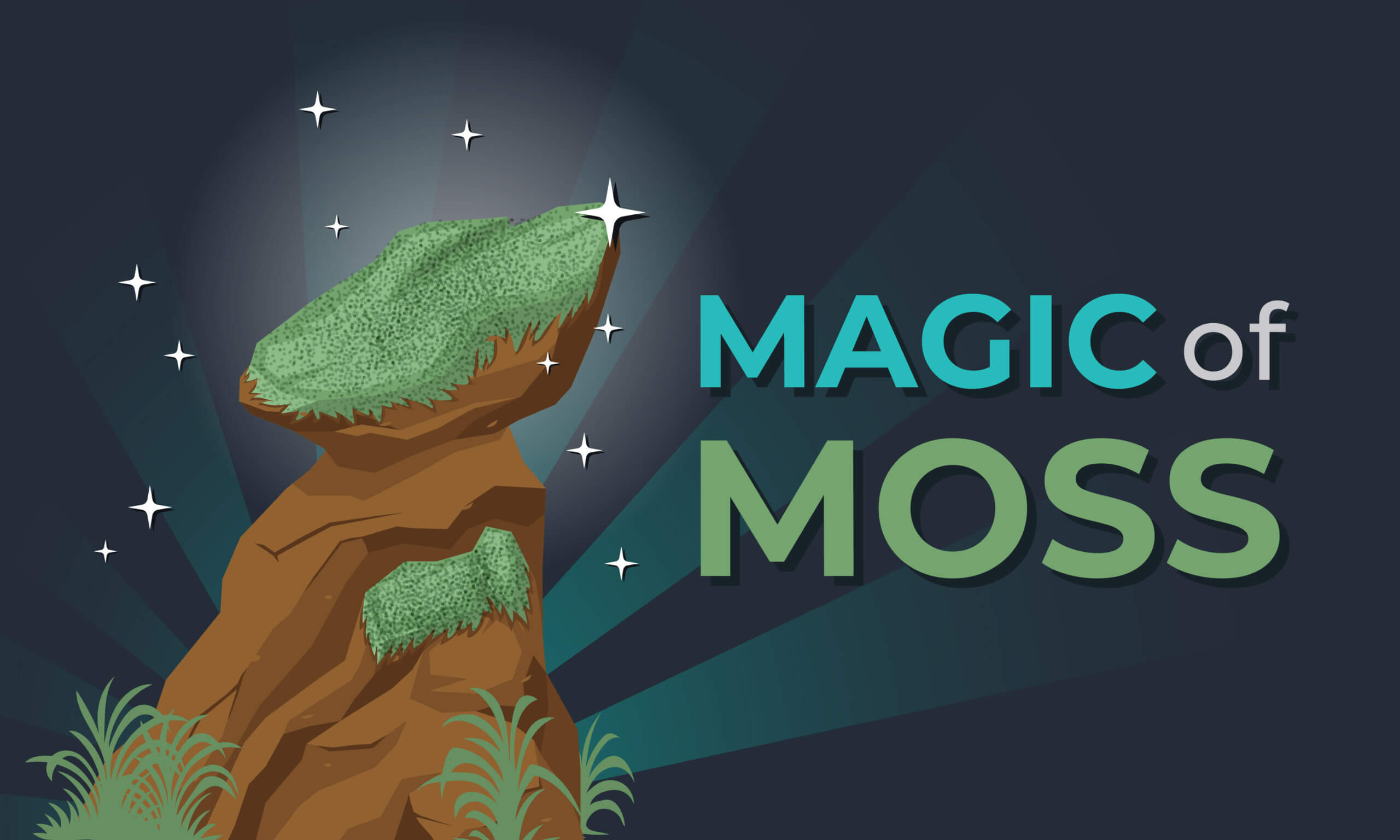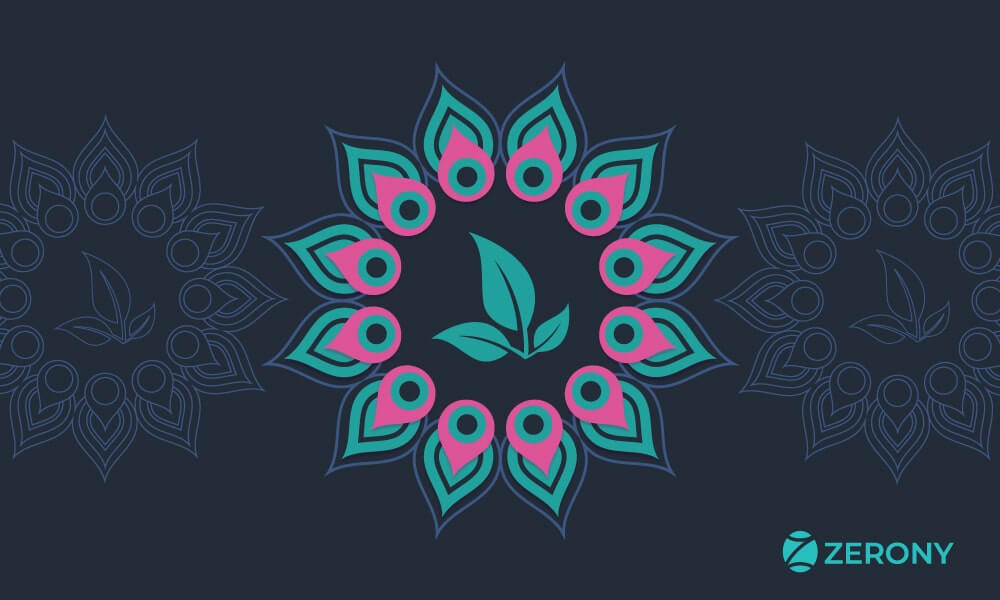Have you ever wondered how the fruits and vegetables we eat come to be? Or how beautiful flowers bloom in vibrant colours? The answer lies in a group of tiny, hardworking creatures called pollinators. These unsung heroes play a crucial role in our ecosystem, ensuring the survival of countless plant species. Let’s dive into the world of these amazing creatures and explore the top 20 pollinators that keep our planet blooming.

1. Honey Bees
Perhaps the most well-known pollinator, honey bees are essential for the pollination of many crops, including fruits, vegetables, and nuts. They collect nectar and pollen from flowers, transferring pollen from one flower to another as they move from plant to plant.

2. Bumble Bees
These fuzzy insects are excellent pollinators, especially for crops like tomatoes, blueberries, and cranberries. Bumblebees have long tongues that allow them to reach deep into flowers to collect nectar and pollen.

3. Butterflies
With their colorful wings and delicate bodies, butterflies are not only beautiful but also vital pollinators. They feed on nectar from flowers, transferring pollen from one flower to another as they move from plant to plant.

4. Moths
Many moth species are nocturnal pollinators, playing a crucial role in the pollination of night-blooming flowers. They are attracted to the sweet scent of flowers and transfer pollen as they feed on nectar.
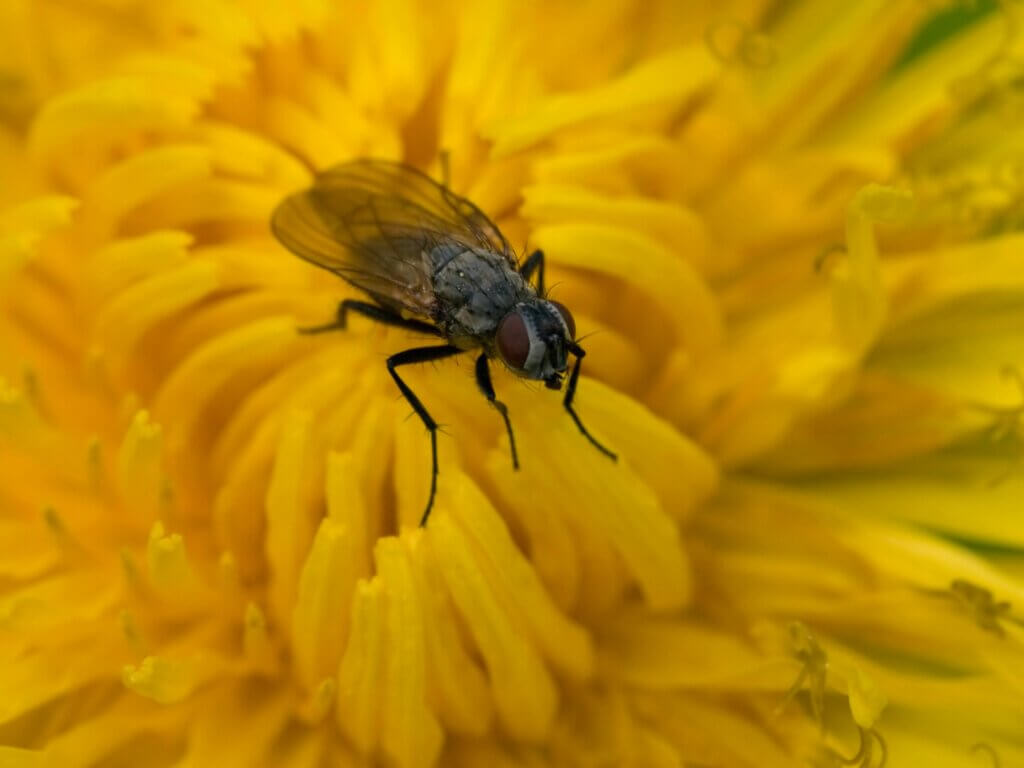
5. Flies
While often considered pests, many fly species are important pollinators, especially for early-blooming flowers. They are attracted to the strong, often unpleasant odors of these flowers and transfer pollen as they feed.

6. Beetles
Beetles are ancient pollinators that have been around for millions of years. They are particularly important for pollinating flowers that have a strong, spicy scent.

7. Wasps
Many wasp species are pollinators, especially those that feed on nectar and pollen. They play a crucial role in the pollination of fig trees and other plants.

8. Bats
Bats are important pollinators of night-blooming flowers, such as cacti and agave. They are attracted to the strong scent of these flowers and transfer pollen as they feed on nectar.

9. Birds
Birds like hummingbirds and sunbirds are important pollinators, especially in tropical regions. They are attracted to the bright colors and sweet nectar of flowers and transfer pollen from one flower to another as they feed.

10. Wind
While not a living creature, wind is a powerful pollinator, especially for grasses and trees. Wind carries pollen from the male part of a flower to the female part, resulting in fertilization.

11. Water
Similar to wind, water is another non-living pollinator. It helps in the pollination of aquatic plants by carrying pollen from one flower to another.

12. Small Mammals
Small mammals like mice and rats can also act as pollinators, especially in tropical regions. They are attracted to the sweet fruits of certain plants and transfer pollen as they feed.

13. Lizards
Some lizard species, particularly those that feed on nectar, can also act as pollinators. They transfer pollen from one flower to another as they move from plant to plant.

14. Ants
Ants are important pollinators of many small, inconspicuous flowers. They are attracted to the sweet nectar of these flowers and transfer pollen as they move from plant to plant.
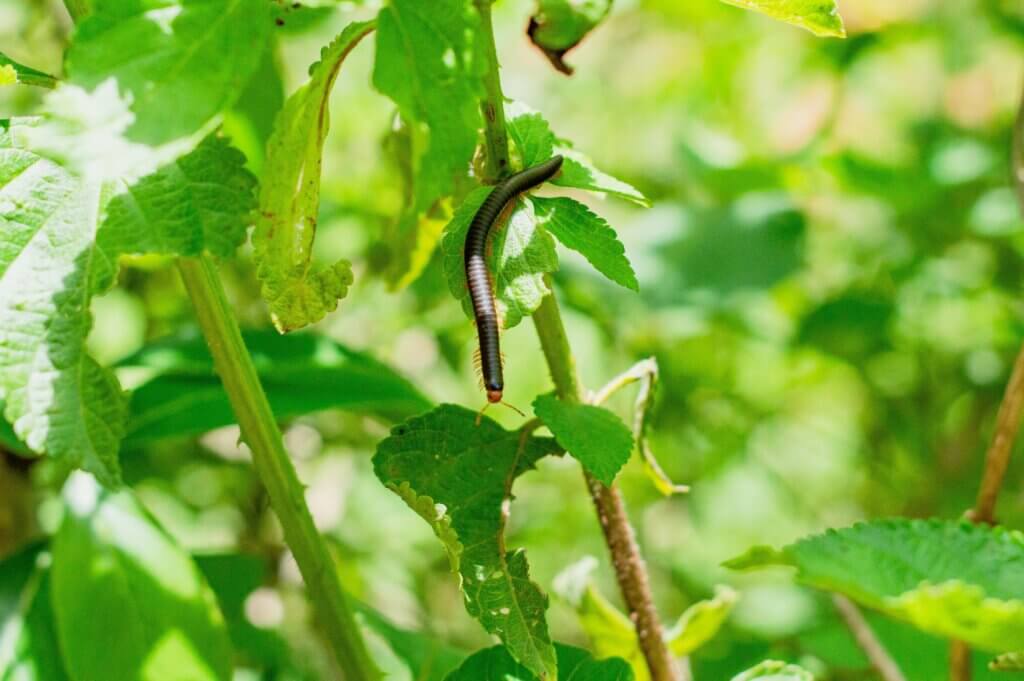
15. Millipedes
Millipedes, with their slow and methodical movements, can also contribute to pollination. They may inadvertently transfer pollen from one flower to another as they crawl through vegetation.

16. Spiders
Although not traditionally thought of as pollinators, some spiders, especially those that feed on nectar, can transfer pollen from one flower to another as they move between plants.

17. Snails and Slugs
These slimy creatures may not seem like ideal pollinators, but they can transfer pollen from one flower to another as they crawl over plants.

18. Dragonflies and Damselflies
These agile insects, often seen hovering near water bodies, can also act as pollinators. They may transfer pollen from one flower to another as they feed on insects or rest on plants.

19. Grasshoppers and Crickets
These insects, while not primary pollinators, can inadvertently transfer pollen from one plant to another as they move through vegetation.

20. True Bugs
Many species of true bugs, including stink bugs and shield bugs, feed on plant sap and nectar. As they move from plant to plant, they can transfer pollen.
By understanding the importance of these pollinators, we can take steps to protect them and ensure the health of our planet. By planting pollinator-friendly flowers, reducing pesticide use, and creating wildlife-friendly habitats, we can help these tiny heroes continue their vital work.



































